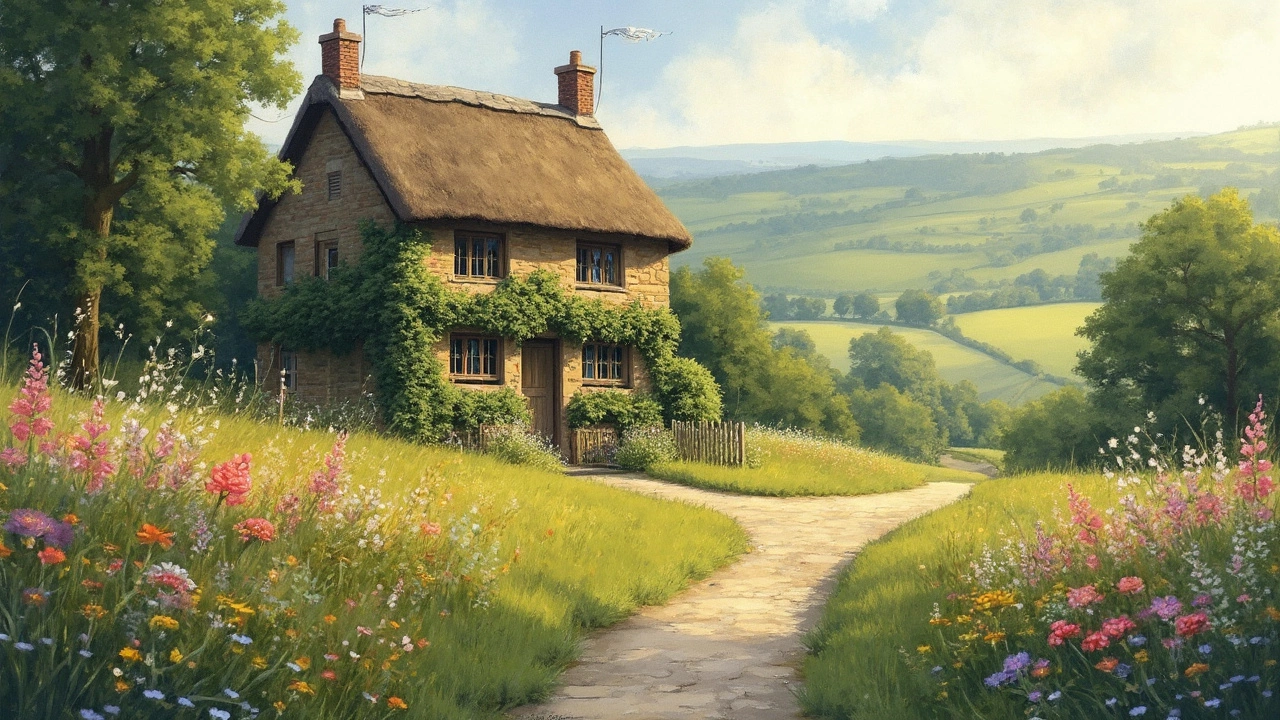
Small House Guide: Design, Cost, and How to Choose
Thinking about downsizing? A small house can give you freedom, lower bills, and a simpler life without giving up comfort. Whether you call it a tiny house, a compact cottage, or a prefab cabin, the core idea is the same – a space that fits your needs and your wallet.
First, ask yourself why you want a small house. Is it to cut expenses, reduce your carbon footprint, or just to own a unique place in the Highlands? Knowing your why helps you pick the right size, style, and location. For example, a 300‑square‑foot cabin near Loch Ness offers gorgeous views and easy maintenance, while a 600‑square‑foot modular home gives you extra room for a home office.
Design Tips That Maximize Every Inch
When you have limited floor space, smart design becomes essential. Open‑plan layouts make rooms feel larger – drop a kitchen island that doubles as a dining table, or choose furniture that folds away when not in use. Vertical storage is a game‑changer: tall shelves, loft beds, and wall‑mounted cabinets keep clutter off the floor.
Natural light also stretches a small area. Large windows, skylights, and glass doors let sunlight pour in, creating the illusion of more space. Pair light‑colored walls with mirrors to bounce light around. If you love the outdoors, a sliding door that opens onto a deck can blend indoor and outdoor living, especially on a breezy loch side.
Budgeting and Building Options
Cost is a big factor, and small houses often win on price. A basic tiny house can start around £30,000, while a prefab cottage with high‑end finishes may reach £80,000. Prefabricated and modular builds usually cost less because they’re produced in a factory and assembled on site, saving time and labor.
Don’t forget hidden expenses. Land purchase, utility connections, and planning permission can add up. In Scotland, many National Trust cottages offer discounted rates for members, which can be a smart way to test small‑house living without a full purchase.
If sustainability matters, look for eco‑friendly materials like reclaimed timber or insulated panels. They may cost a bit more upfront but lower heating bills and can qualify for green‑home incentives.
Finally, think about future flexibility. A small house should adapt if your life changes – add a loft, convert a storage room into a bedroom, or relocate the whole unit if you decide to move. Portable tiny houses on trailers give you that freedom, while a permanent stub‑by‑the‑loch offers stability and a strong sense of place.Ready to start? Begin by sketching a floor plan, setting a realistic budget, and checking local zoning rules. Browse listings for small homes in your favourite area – the Loch Ness region has plenty of cottages that combine charm with compact living. With the right plan, a small house can be the cozy, affordable retreat you’ve been dreaming of.
